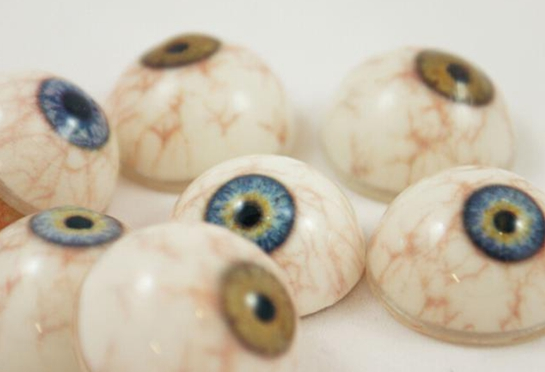3D printing in making artificial organs
Statistics show that of the 1.5 million patients in China suffering from organ failure, only about 10,000 will be able to get an organ transplant.

Dai Kerong, an academician of the Chinese Academy of Engineering introduces a case: a doctor input the parameters from a CT scan of the leg of a girl with lipomyoma into a 3D printer, and printed a 3D model of her amputated leg. Eventually, the girl was able to stand again.
The use of 3D printing in clinical medicine is mainly used in two areas: one is to make 3D models of body parts with lesions, so that both patient and doctor can have a better visualization of the problem and are better able to discus it. They can then prepare a more personalized and accurate operation plan based on the reaction of the model. The second application involves using biological "ink" to print living cells on a 3D model, creating bionic organs and living tissues, then implanting them into the human body.
"Most of the artificial limbs we have now are standardized. 3D printing can help not only to prepare the most suitable operation plan, but also to give a patient the most personalized artificial limb," said Dai.
Of all the personalized expenditures, the personalized health plan is certain to become a popular trend. Though 3D printing is still in its early stages in biomedicine, extraordinary results have been achieved. As well as artificial limbs, teeth, and bones, scientists have started to research human cells and organs, endeavoring to use 3D printing to make up the huge shortage in organs for transplantation.
Research company LuxResearch anticipates that 3D printing will be worth 1.9 billion dollars in the medical market by 2025. However, biological data processing, suitable biological materials, the R&D on a precision printer, and the survival of living tissue after printing are all testing problems to solve. "Optimistically, it is likely to take at least 5 to 10 years for 3D printing to actually make the breakthrough in biomedicine," says Professor Chen Jimin of Beijing University of Technology.








